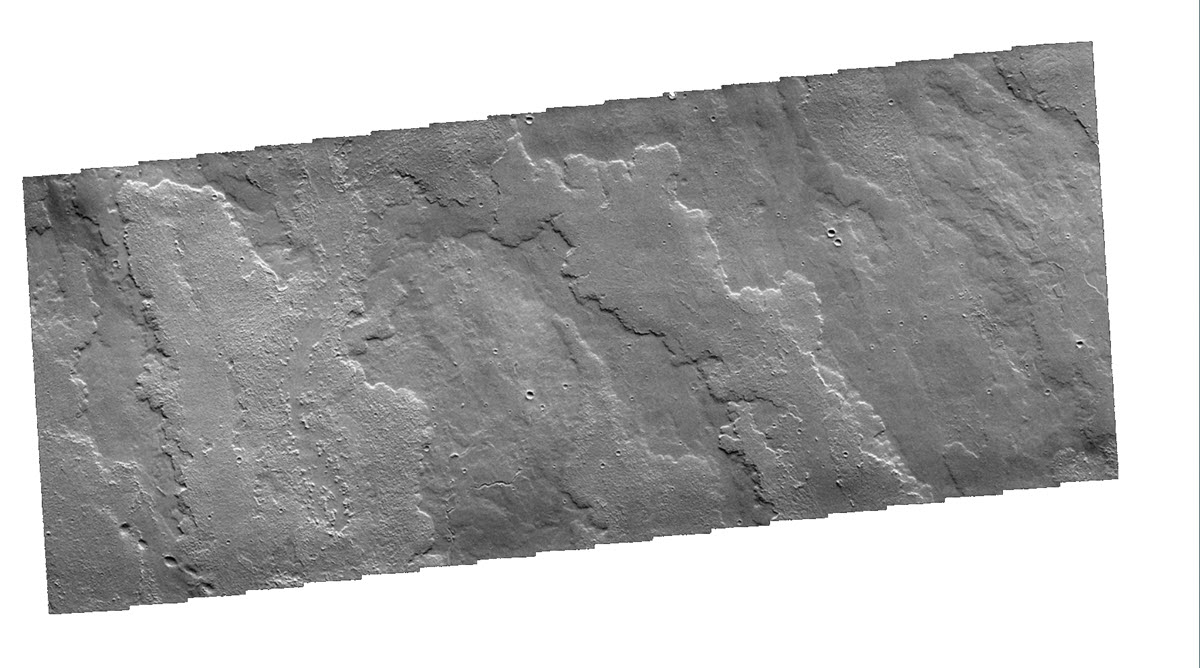Ancient lava flows discovered deep below the surface
With the Insight Lander, Mars research has expanded to include the investigation of the interior of the red planet. The lander’s measuring instruments now allow detailed information on the structure of the Martian crust to be made, as Bruce Banerdt, lead researcher of the Insight mission, opposite Inverse confirmed:
“We’ve been collecting information about the surface for 15 years, we’ve measured the topography, the atmosphere and the magnetic field – but we haven’t really understood what it’s made of. Understanding the basic building blocks of the planet has been quite a bit of a puzzle until now. “
The lander’s data have fundamentally changed that. Banerdt and his team were able to find deep layers of lava flows that are billions of years old. Such volcanic activities can on the one hand help to chronologize the evolutionary history of Mars, but on the other hand they are also useful for understanding the evolutionary past of the earth, which is very similar to Mars in its composition.
“We have a pretty good idea of the structure of the earth, but we don’t really understand how it came to be,” says Banerdt.
While the earth has already undergone a whole series of transformations, not least those made by humans, it is not easy to collect original data. It’s completely different on Mars.
“Everything is much more untouched on Mars,” says Banerdt. “So we can look at the internal structure of Mars and largely conclude that the earth might have looked like this 4.5 billion years ago, and basically better understand how the earth was formed.”
It is not surprising that there is lava on Mars. After all, we have known for a long time that there are even super volcanoes on the red planet whose activities must have lasted thousands of years. Nevertheless, the Insight mission is the first to not merely investigate the surface, but to extend its seismic feelers hundreds of meters below the surface.
At a depth of around 200 meters below the surface of the planet, the researchers found various layers of old lava flows and sedimentary rocks. What they found particularly remarkable was the fact that they were able to locate separate lava flows with a 30 to 40 meter thick layer of sedimentary rock, which are around 3.6 and 1.7 billion years old.
“That helps us to find out when the various activities took place,” says Banerdt. “The fact that this layer of sediment is between the two volcanic rocks shows that there was a pause in volcanic activity, a fairly long pause because it takes a long time for sedimentary rocks to form. This tells geologists that not only do we have a uniform history of volcanism, but that it may take place in different phases. “
The results of the evaluations will be in the magazine on Monday Nature Communications been published.



